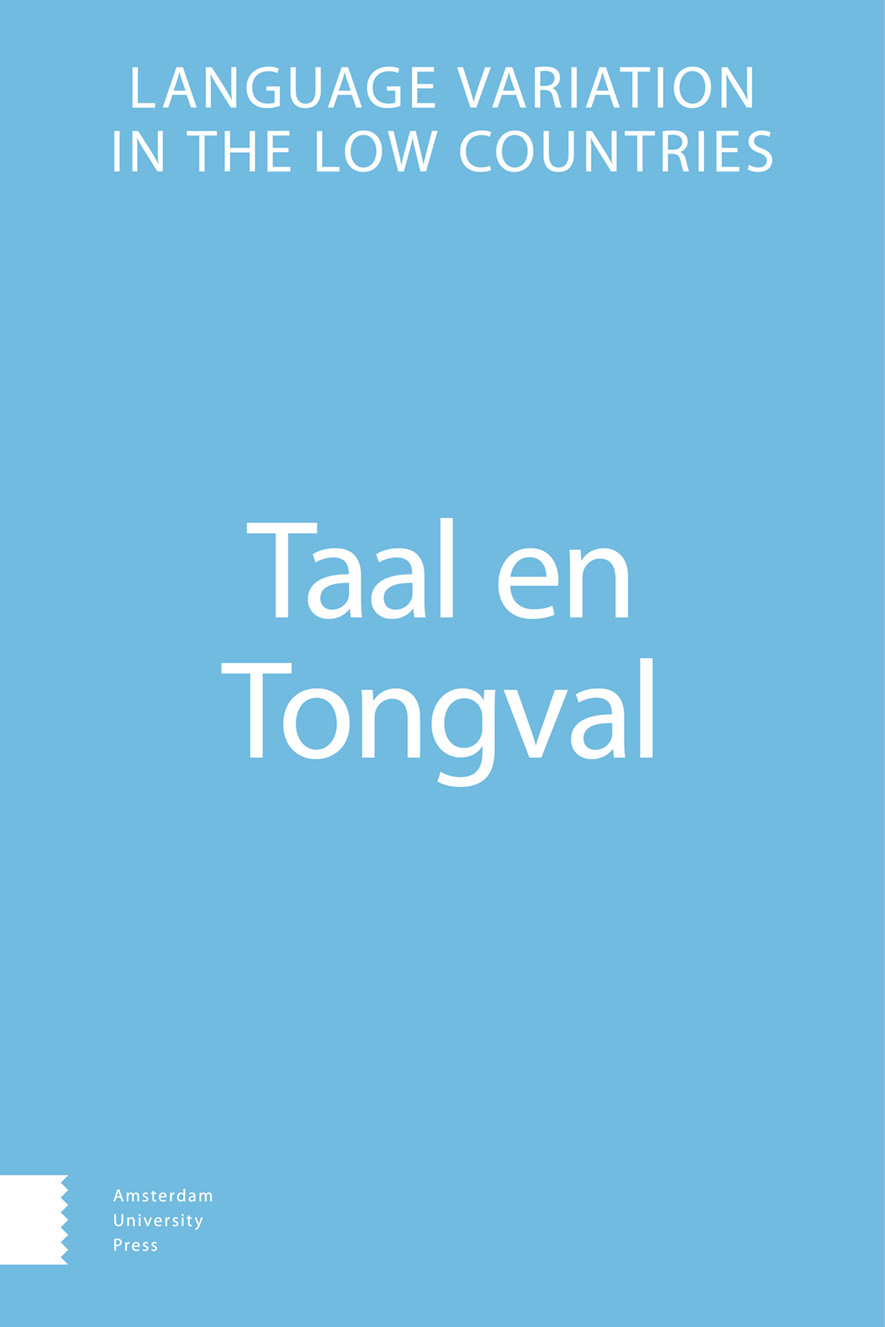-
oa Twee problematische foneemopposities door de eeuwen heen: /s/-/z/ en /f/-/v/ in het Nederlands
- Amsterdam University Press
- Source: Taal en Tongval, Volume 73, Issue 2, Dec 2021, p. 167 - 208
-
- 01 Dec 2021
Abstract
Two problematic phoneme oppositions through the centuries: /s/-/z/ and /f/-/v/ in Dutch
Dutch has a set of solid phoneme oppositions such as /t/-/d/, /p/-/b/ which manifest themselves in minimal pairs such as /p/ak-/b/ak, /t/ak-/d/ak, ra/t/en-ra/d/en which are quite numerous. This is different in the case of /s/-/z/ and /f/-/v/. There are not many minimal pairs and although it is generally accepted that /s/-/z/ and /f/-/v/ form phoneme oppositions, there are homonyms for many a speaker in cases such as /f/ier and /v/ier, /s/ein and /z/ijn, especially in the Dutch of the Netherlands. It will be argued that the phoneme opposition /s/-/z/ has been weak through the centuries and that the phoneme opposition /f/-/v/ only has become weak recently. In the latter case the recently formed labiodental [ʋ] out of bilabial [w] may have triggered the [v] to become [f]. Spelling forms in charters as well as statements and spellings of Renaissance grammarians are analysed, just as data from Modern Dutch dialects. This study shows how phoneme oppositions can become stronger and weaker over time.


